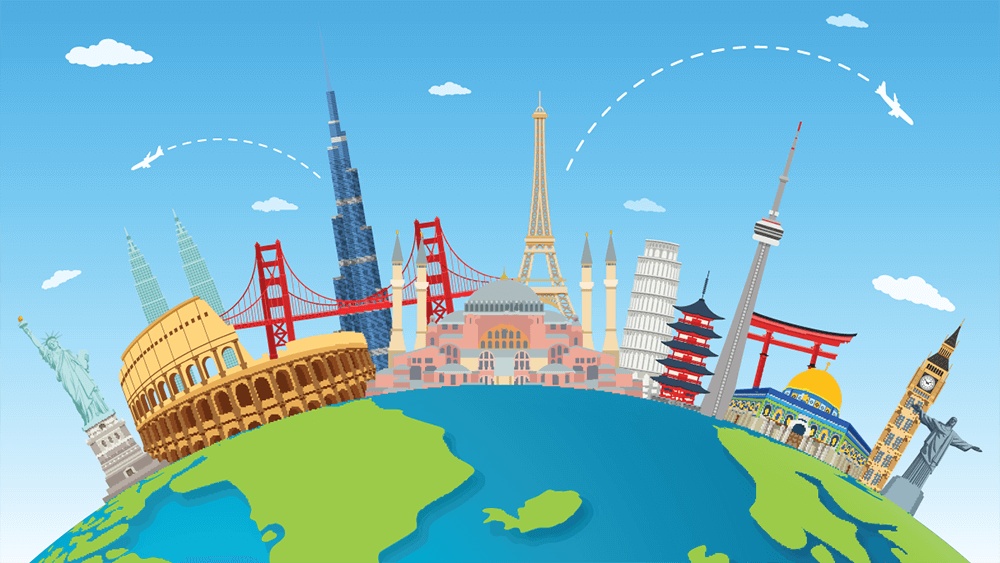Zarak Khan loves to travel — nothing remarkable about that. But the way that Khan, Maritz’s behavioral innovation director, experiences other parts of the world is through the lens of a behavioral scientist. And that means that he’s “always looking for ways to use unconscious decision-making” to make his travel “more enjoyable, meaningful, and memorable,” he writes in a PeopleScience post.
Khan shared in his article how you can do the same:
Create peak moments
“These are what make the trip live on, and get better, in your memory,” Khan writes. “This could be a fancy dinner with friends, taking a cooking class with a local chef, or spending a day out sailing on a boat. Where possible, I try to create peak moments in a variety of settings.”
Minimize uncomfortable frictions
One friction point Khan likes to avoid is figuring out how to navigate getting to his destination after he arrives, so he uses a rideshare app that doesn’t require him to be proficient in the local language.
Another tip: When eating out with others, instead of splitting the bill, try rotating: One person pays for everyone’s meal one day, another picks up the tab the next time. “We tested this with a group of 14 in Barcelona for a week,” Khan writes, “and found that, compared to our spreadsheets, the rotating single payer led to only a $14 difference at the end. I would happily pay $14 to avoid the pain of splitting bills. Try convincing a European waiter to accept six different credit cards and see how that goes for you.”
When you do need to split the bill, Khan recommends using an app like Splitwise to do the math for you.
Introduce productive friction
Research indicates that the effort you put into a task can increase how much you enjoy the results. “Travel is not only about having things easy. You can have a really meaningful experience if you work at it.” The trick, Khan writes, is to find the right balance. A guided adventure tour, he said, “can hit the sweet spot.”
Optimize newness
Another opportunity to strike a balance is between planning and spontaneity. Khan likes to plan out most of his lodging, which restaurants he wants to try, and a few activities like museums and tours. Then he’ll look for novel experiences or locations to add to his bucket list. He also builds in some flexibility so that he doesn’t feel chained to an itinerary.
Understand context
Don’t miss out on exploring the historical, cultural, and geographical aspects of the destination you visit, Khan writes. He recommends that you ask yourself these questions: “Why are the buildings built this way? Why are the roads set up in this array? How has this neighborhood changed over time? Who lives here now and what does that mean if you’re looking for an ‘authentic’ experience? Asking and answering these types of questions can lead to some interesting conversations and are the best way to broaden your own perspective.”
Michelle Russell is Convene editor in chief.

